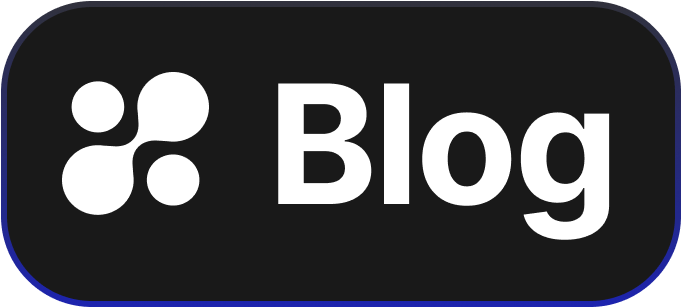Why Kubernetes Security Needs a DMZ and How to Implement It
Securing applications running in a Kubernetes cluster can be challenging, especially for technology managers tasked with safeguarding infrastructure. One powerful tool in your security toolkit is the DMZ, or Demilitarized Zone. It acts as a buffer between your internal systems and potential threats from the outside world, giving you an added layer of security that protects your sensitive data.
Understanding the Role of a DMZ in Kubernetes Security
A DMZ is a separate network layer that acts as a barrier to protect internal systems from external attacks. When used with Kubernetes, a DMZ serves as a crucial line of defense, shielding your application containers from unauthorized access and various cyber threats. By implementing a DMZ, you significantly decrease the risk of hackers gaining direct access to your internal Kubernetes environment.
Key Benefits for Technology Managers
- Improved Security Posture: By isolating potentially harmful traffic in the DMZ, you minimize exposure to threats. It’s easier to manage and monitor traffic, making it harder for malicious actors to infiltrate your systems.
- Compliance and Control: With clear traffic segmentation, compliance with industry-specific regulations becomes easier. You gain better control over data flows and access, reducing instances of non-compliance.
- Enhanced Monitoring: A DMZ setup allows for robust monitoring of traffic, enabling the early detection of suspicious activity. This proactive monitoring can prevent security breaches before they impact your systems.
Implementing a Kubernetes DMZ
- Segment Your Network: Start by defining your outer and inner network boundaries. Allocate space for your DMZ where external traffic can be handled securely without impacting the main network.
- Utilize Firewalls and Gateways: Deploy appropriate firewalls and gateways to control and check traffic entering and exiting the DMZ. This helps in filtering out potential threats.
- Monitor and Update Regularly: Regularly update your network segmentation and security policies. Continuous monitoring ensures early detection of anomalies and faster reactions to potential threats.
- Leverage Automation Tools: Use tools like Hoop.dev that simplify the deployment and management of your Kubernetes environment. These can offer pre-configured templates that support DMZ architecture, making implementation both efficient and secure.
Getting Started with Hoop.dev
Understanding the importance of security in your Kubernetes deployments is essential. With Hoop.dev, you can watch how a DMZ enhances security in your Kubernetes setup and apply it live within minutes. Empower your teams to explore and implement Kubernetes security features efficiently and see the benefits firsthand.
By taking action today, you ensure that your systems are safeguarded against potential threats, providing peace of mind and strengthening your overall security framework. Visit Hoop.dev to get started on elevating your Kubernetes security strategies now.
